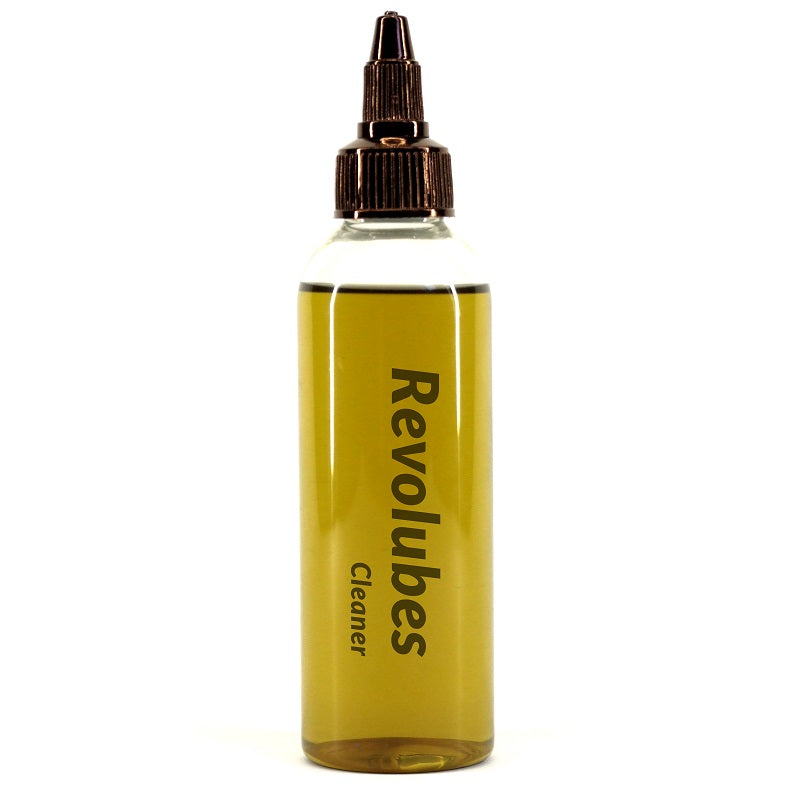BoR - Test Explained
The Block-on-Cylinder Test is a mechanical evaluation method used to assess the wear resistance and frictional properties of materials, particularly lubricants and surface coatings.
In this test, a solid block, usually made of steel, is pressed against a rotating cylinder typically composed of an even harder material, creating a sliding or rolling motion between the two surfaces. This simulates frictional conditions found in many mechanical systems.
The wear and friction characteristics of a lubricant are then evaluated by measuring parameters such as friction coefficient, wear groove size, wear rate, and other relevant metrics. For a motorbike chain lubricant evaluation, we will use the following metrics:
Engine’s Current Draw [A]: This metric is directly proportional to the friction force between the block and the cylinder in the test, as the engine draws more current to overcome the friction-related load. Therefore, the amperage indicates the amount of friction in the system.
Seizure Groove Diameters [mm] (Length x Width x Depth): Typically, wear groove grows with increasing applied load, as more material is removed from the surface due to friction.
Seizure Load [kg]: Is the maximum applied load at which rotation stops due to excessive heat generation, surface deformation, and ultimately, the welding of the two surfaces.
Seizure Groove Area [mm²]: This is the area of the groove after the test stops. It is calculated as the product of its length, width, and, in our case, the ellipse area formula. It is used for seizure bearing stress calculation.
Seizure Bearing Stress [kg/mm²]: This parameter represents the relationship between the applied seizure load (Ps) and the seizure groove area (As), which is the contact area between the static block and rotating cylinder at the seizure point. It is calculated as σs = Ps/As.
Depending on the test setup, the applied load will change much slower, if at all, compared to the groove size and contact area. Essentially, the same load exerted on twice as large contact area halves the bearing stress. Therefore, this metric provides a single measure that considers at least two factors.
Furthermore, the bearing stress is a static measure, while the test involves motion. Thus, it is evident that the higher the seizure bearing stress, the better a lubricant separates two parts and mitigates friction.
Finally, seizure bearing stress can be related to the yield stress and plastic deformation of a chain, which can be calculated from its tensile strength and parts dimensions. This provides a better reference to our real-world needs when it comes to a lubricant choice.

